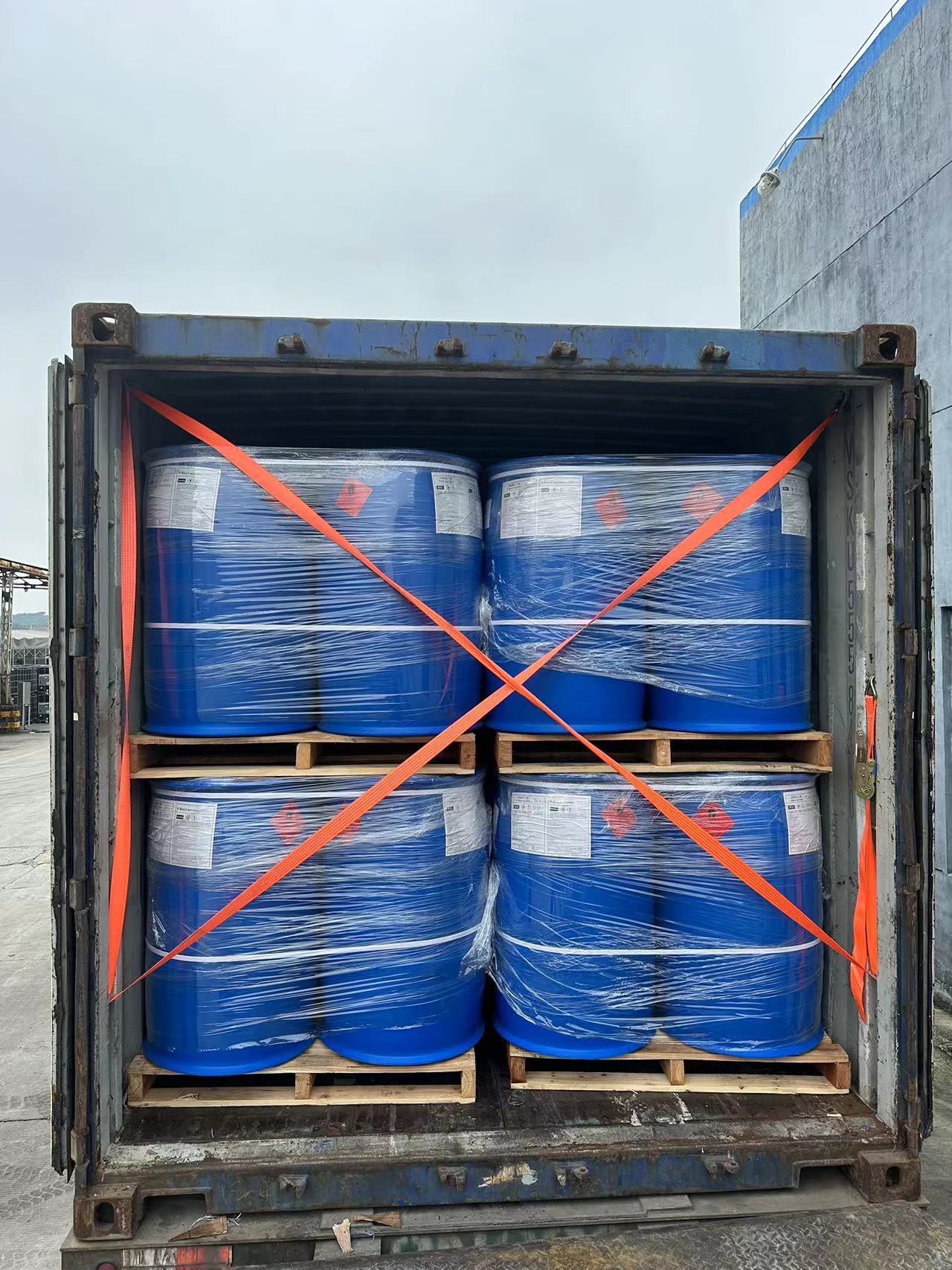Glacial Acrylic Acid
Origin:Some Text
Manufacturer:Some Text
Supplier:Some Text
Packing: 200 Kg Drums x 20 FT
Quantity: 16 MT
Shipment: Prompt
Loading Port:Some Text
Incoterm: CFR
Destination Port: Karachi Port
Payment Terms: LC at sight or Advance
Price: Sign InValidity: Subject to final confirmation
Description: Glacial acrylic acid refers to acrylic acid in its undiluted, concentrated form. The term "glacial" in this context signifies that the acrylic acid is in a frozen or solid state due to its high purity and concentration. Acrylic acid itself is a colorless liquid with a pungent odor, and it is widely used in the production of various polymers and chemicals. Key points about glacial acrylic acid: Chemical Formula: The chemical formula for acrylic acid is CH₂=CHCOOH. Physical State: Glacial acrylic acid is in a solid or semi-solid state at room temperature, resembling ice or glaciers. Purity: The term "glacial" indicates a high level of purity, usually close to 100%, as it is the concentrated, undiluted form of acrylic acid. Polymerization: Acrylic acid readily undergoes polymerization, forming polymers such as polyacrylic acid and its derivatives. These polymers have various applications in industries such as textiles, adhesives, and superabsorbent polymers. Applications: 1. Superabsorbent Polymers: Used in the production of superabsorbent polymers, which find applications in diapers, adult incontinence products, and other absorbent materials. 2. Water Treatment: Polyacrylic acid, derived from acrylic acid, is used in water treatment as a flocculant and scale inhibitor. 3. Adhesives: Acrylic acid is a key component in the production of acrylic adhesives, which are used in various industries. 4. Textiles: Acrylic acid polymers are used in the textile industry for fabric finishes and as thickeners in printing pastes. Safety Considerations: Acrylic acid, including its glacial form, should be handled with care as it is corrosive and can cause irritation to the skin, eyes, and respiratory system.
Glacial Acrylic Acid
Origin:Some Text
Manufacturer:Some Text
Supplier:Some Text
Packing: 200 Kg Drums x 20 FT
Quantity: 16 MT
Shipment: Prompt
Loading Port:Some Text
Incoterm: CFR
Destination Port: Karachi Port
Payment Terms: LC at sight or Advance
Price: Sign InValidity: Subject to final confirmation
Description: Glacial acrylic acid refers to acrylic acid in its undiluted, concentrated form. The term "glacial" in this context signifies that the acrylic acid is in a frozen or solid state due to its high purity and concentration. Acrylic acid itself is a colorless liquid with a pungent odor, and it is widely used in the production of various polymers and chemicals. Key points about glacial acrylic acid: Chemical Formula: The chemical formula for acrylic acid is CH₂=CHCOOH. Physical State: Glacial acrylic acid is in a solid or semi-solid state at room temperature, resembling ice or glaciers. Purity: The term "glacial" indicates a high level of purity, usually close to 100%, as it is the concentrated, undiluted form of acrylic acid. Polymerization: Acrylic acid readily undergoes polymerization, forming polymers such as polyacrylic acid and its derivatives. These polymers have various applications in industries such as textiles, adhesives, and superabsorbent polymers. Applications: 1. Superabsorbent Polymers: Used in the production of superabsorbent polymers, which find applications in diapers, adult incontinence products, and other absorbent materials. 2. Water Treatment: Polyacrylic acid, derived from acrylic acid, is used in water treatment as a flocculant and scale inhibitor. 3. Adhesives: Acrylic acid is a key component in the production of acrylic adhesives, which are used in various industries. 4. Textiles: Acrylic acid polymers are used in the textile industry for fabric finishes and as thickeners in printing pastes. Safety Considerations: Acrylic acid, including its glacial form, should be handled with care as it is corrosive and can cause irritation to the skin, eyes, and respiratory system.
